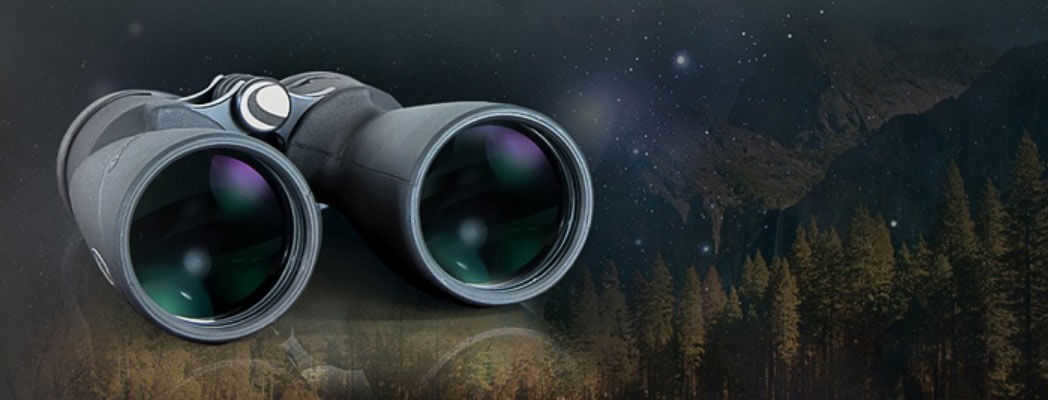

Observational optics is widely used in various aspects of human life. Currently, binoculars are the most accessible and widely used optical instrument that allows you to view the world from a completely different perspective. These devices are commonly utilized by fishermen, tourists, hunters, sea and hiking enthusiasts, sports enthusiasts, and fans of exciting events, among others. As a result, regardless of the type of binoculars you are searching for, each one possesses a range of technical specifications that are indicated on the casing and product documentation. Consequently, it is important to approach the matter of selecting binoculars for observation seriously.
Take a look at the fundamental technical characteristics of binoculars
- Optical zoom (device magnification)
- Lens diameter (aperture)
- Different optical configurations
- Optical clarity
- Field of view and exit pupil size of binoculars
- Protective measures for binoculars
- Tips from experts
Let’s focus on each of these aspects and examine the key technical parameters of binoculars that directly impact the functionality of the devices.
Optical amplification
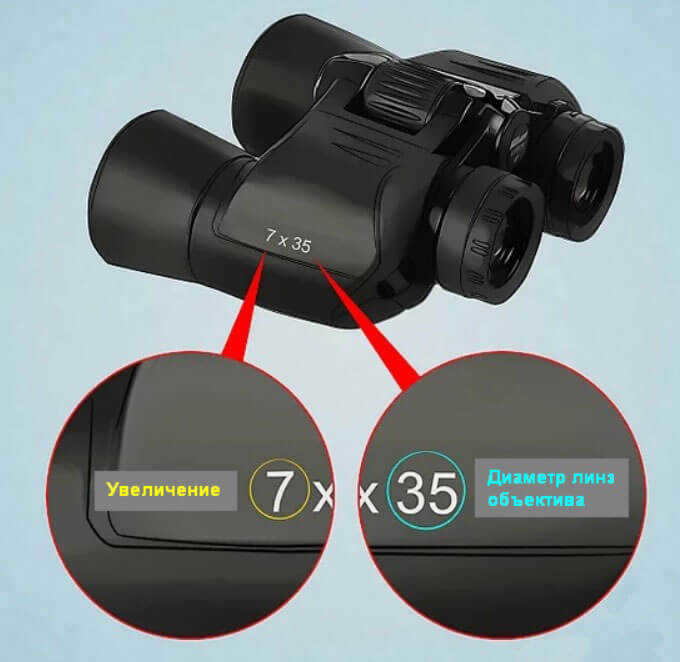
The numbers you see on the labels of binoculars, such as 8×30 or 10×40, represent the optical magnification, also known as the magnification ratio.
This number indicates how many times the image of the object you are observing will be enlarged. Some binoculars have a variable magnification level, which is indicated by a range of numbers, such as 10-30, as seen in the Bushnell Falcon 10-30×50 model. With this telescope, you can adjust the magnification anywhere between 10 and 30 times.
Diameter of the Lens Light (Aperture)
The aperture of binoculars, which is the size of the front lens, is usually measured in millimeters and is indicated by the second number in the binoculars’ specifications, such as 8×30 or 10×40. A larger aperture allows more light to pass through the binoculars. This means that the brightness and contrast of the image, as well as the ability to observe in low light conditions, are directly influenced by the light intensity of the optics. For optimal observations in both daytime and low light conditions, a recommended choice would be binoculars with classic specifications, like the Nikon Action 8×40 WP.
There are also binoculars available with lenses measuring 50 and even 100 millimeters. Typically, these binoculars are equipped with powerful, fast optics that are perfect for astronomical observations. With the assistance of these impressive optical instruments, not only can you observe the intricately pockmarked surface of the Moon, but you can also catch a glimpse of the behemoths of our solar system, Jupiter and Saturn.
Optical arrangement of binoculars
For the purpose of this article, let’s concentrate on the most well-liked optical arrangements that exploit two variants of prisms: Porro-prism and Roof-prism.
Binoculars constructed following the classic arrangement with Porro prisms are highly favored. The lenses of the devices are not positioned along the same optical axis but slightly separated to the sides. Consequently, the image appears more three-dimensional and vivid. These optical instruments are marginally larger in size compared to binoculars with Roof prisms. Additionally, there is a reverse Porro system employed in compact models, such as the Nikon Aculon T11 8-24×25. The eyepieces of these binoculars are spread wider than the objective lenses.
Roof prism-based binoculars are known for their compact size and lightweight design, as the eyepieces and lenses are aligned on the same axis. This optical scheme is highly favored by tourists, fishermen, and hunters. The simplified design also makes it easier to seal the binoculars, ensuring their reliability and readiness for any adventure.
The majority of contemporary binoculars are equipped with an opaque layer on their optical components, which serves to significantly minimize light loss within the lens system and enhance the resulting image by providing it with heightened contrast and brightness.
Now, let’s delve into the four various types of lumen coatings:
- COATED – optics that possess a single-layer enlightening coating on one lens surface that is adjacent to the air;
- FULLY COATED – optics that have been fully enlightened, with a single layer of enlightenment coating applied to all surfaces of the optical components;
- MULTI-COATED – optics that have a multi-coated enlightenment coating on one surface that comes into contact with the lens air;
- FULLY MULTI-COATED – optics that feature a comprehensive multi-layer coating, consisting of several layers, on all surfaces of the optical components.
It is also worth noting the presence of the Phase Correction coating on high-end binoculars, typically those built using the Ruf prism configuration. The inclusion of this coating allows for enhanced contrast, brightness, and more accurate color reproduction when viewing distant objects.
Field of view and exit pupil
The field of view refers to the width of the observable area through the binoculars. This measurement can be expressed in degrees or meters at a distance of 1 kilometer. Binoculars with a field of view greater than 65 degrees are considered wide-angle binoculars, making them ideal for observing moving objects like birds in their natural habitat.
Yet another crucial technical aspect is the exit pupil size, which directly affects the quality of the resulting image. The larger the size of the pupil, the better the image quality. In conditions of reduced illumination, the size of the human pupil is about 5-6 mm. Therefore, for comfortable observation in low light conditions, it is advisable to choose binoculars with a similar exit pupil size.
The exit pupil distance, also known as the ocular point, indicates how close your eyes need to be to the eyepiece lens. For most models, the common range for this parameter is 9-14 mm. If you wear glasses and plan to use binoculars, it is recommended to opt for binoculars with an exit pupil larger than 14 mm.
Protecting Your Binoculars
Aside from the optics, the level of protection is a crucial factor that affects the performance of your binoculars. If you plan on using them in extreme conditions, it is recommended to choose a model with a fully sealed housing that is filled with nitrogen and has a rubberized coating, such as the Marine 7×50 IF WP. The rubberized coating provides a secure grip even when your hands are wet and can absorb the impact of small drops.
When selecting binoculars, it is also important to consider the material of the case:
- Binocular cases made of polycarbonate or structural plastic are resistant to temperature fluctuations, such as overheating under direct sunlight or extreme cold during frosty weather.
- Aluminum enclosures offer excellent durability and are also lightweight. The most lightweight binoculars are those constructed with magnesium alloy bodies;
- Binoculars made with metal bodies provide exceptional resistance to mechanical impact, but are significantly heavier compared to devices crafted from plastic or aluminum.
People who frequently utilize binoculars in their professional endeavors unanimously agree that there is no one-size-fits-all solution for every situation where an optical device is necessary. For instance, the binoculars used by search and rescue workers will differ significantly from the optics employed by naturalists. Consequently, the selection of binoculars should be primarily based on the intended tasks and the prevailing operating conditions. If you encounter any difficulties in choosing the appropriate optics, we suggest reaching out to the managers of our online store via the toll-free phone number 8 (800) 511-98-56. We will promptly address any inquiries regarding the specifications of binoculars and provide guidance on selecting the right optics.
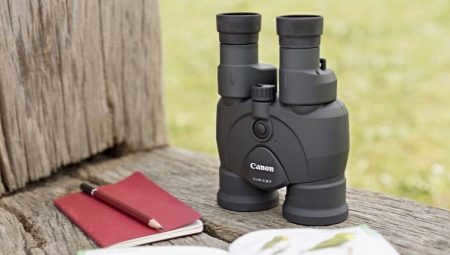
The current market provides a wide range of binocular options – they can be found in specialized stores as well as on various online trading platforms. However, due to the extensive selection available, it can be challenging to find the right product, as each situation requires an individually chosen optical device.
The intricate structure of the device, along with its key characteristics and technical nuances, can make the initial purchase process overwhelming. In this article, we will discuss one of the most important factors to consider when selecting binoculars – its magnification power.
What is it?
The multiplicity indicator in any optical device is the most crucial characteristic that determines the extent to which distant objects can be magnified through the lens. This indicator is represented by a numerical value, which indicates the decrease in distance between the observer and the object during the maximum optical approach. For instance, if the magnification is 7x, it implies that the maximum zoom of the binoculars will reduce the distance between the observer and the object by a factor of 7. This means that an individual will be able to perceive the object as if it were seven times closer to them than its actual distance.
There is a wide range of options for this parameter, for instance, 6 or 20, but it is crucial to choose this characteristic wisely. Before buying an optical device, consider the purpose and conditions of its usage. It is essential to note that the maximum magnification level for handheld observation is 7-10x. Typically, binoculars labeled 6-8x are utilized for field use, sightseeing, or attending public events.
Using binoculars with a magnification level higher than 10 becomes challenging – at higher zoom levels, even the slightest hand tremor or gentle breeze can hinder your ability to focus on the object.
Professional binoculars come with the feature of adjustable zoom, which is also known as pancraticity. This optical device allows you to manually increase or decrease the magnification, similar to camera lenses. Pancratic binocular models are considerably pricier than regular devices, but they offer much greater convenience in operation.
How to identify?
In specialized stores, technical specifications are simplified to assist customers in their selection. To facilitate the process, binoculars are classified into several categories based on their magnification:
- a device with low magnification – ranging from 2 to 4 times;
- a device with medium magnification – ranging from 5 to 10 times;
- a device with high magnification – ranging from 11 to 22 times.
All these approximate values are quite general when it comes to the optics’ characteristics, so it is important to understand the methods of determining the parameters of binoculars in detail. There are two main methods: using the given figures and through physical measurements of the components. Let’s examine each method more closely.
The initial approach involves decoding the numbers provided by the manufacturer. By examining the indicated numbers, you can determine the maximum magnification of the optical device, as well as another important characteristic. The markings are typically located on the binoculars’ body, with two numbers always present, such as 10×40. The first number represents the magnification, while the second number deciphers the diameter of the front lens in millimeters. In most instances, the markings accurately reflect the actual magnification of the optical device. However, when the observer requires precise details, even a slight deviation may be deemed unacceptable.
When it comes to inexpensive binoculars with a medium or high magnification level, it is not reliable to rely on the provided figures. To get a more accurate understanding of the binoculars’ magnification, a different method of checking is necessary. This second method allows for an independent calculation of the product’s characteristics, without relying on the manufacturer’s specified figures. To accurately calculate the magnification level of a specific optical device, a practical method of measurement is used.
To determine whether the actual technical elements match the labeling, the size of the optical parts of the device is measured.
Here is a step-by-step guide on how to measure the magnification.
- Observe the eyepieces from a distance of 35-40 cm and you will notice small light circles known as exit pupils.
- To determine the magnification, it is important to accurately measure the diameter of the exit pupils. The most precise measurement can be obtained using a caliper, although a drafting millimeter or a standard school ruler with millimeter markings can also be used.
- After measuring the exit pupil, use the same measuring instrument to measure the diameter of the front lens.
- Next, divide the diameter of the front lens by the diameter of the exit pupil. This calculation will yield the exact magnification of the binoculars.
When measuring the device’s details, you not only verify the accuracy of the stated magnification level, but also determine the size of the front lens, which is indicated on the device’s body.
Which one is the best option to choose?
Binoculars should be chosen based on individual needs and the desired level of magnification. It will be simpler to make the correct decision by familiarizing oneself with each type of device beforehand.
- Small magnification. A propaganda item for performances is an optical device that has a magnification value below 5. These products are often bought as children’s toys due to their low cost. With the use of a device with a low degree of magnification, one can observe events within a 50-meter radius from the user. Binoculars can be brought to the theater or a musical concert to enhance the view of the stage and the actors’ performance.
- Medium zoom. Most users find that a magnification level of 5 to 10x is ideal. Binoculars with medium magnification are popular among tourists, fishermen, and hunters. The maximum comfortable magnification for binoculars without a stand is 10x. These binoculars have a viewing radius of 1 kilometer, making them suitable for observing landscapes and tracking moving objects.
- High zoom. Optics with a magnification above 10x should be mounted on a tripod for comfortable use. Binoculars with a magnification level of 22x or higher are the largest and most powerful units available. They are perfect for studying the details of the Moon’s surface.

Almost everyone has a magnifying glass with a low level of magnification in their homes. This basic optical tool may not be used often, but it can be extremely useful at times.
However, few individuals take the magnification of the lens into serious consideration. In other words, many owners are unaware of how much the magnifier actually magnifies objects, even though knowing this characteristic could greatly enhance its effectiveness. This article will provide all the information you need to know about magnification levels in magnifying glasses.
The lens’s size and magnification power are determining factors in the clarity and enlargement capabilities of a magnifying glass. To grasp the concept of “magnifier multiplicity,” it is important to note that the optimal distance for the human eye to clearly perceive objects or text is 25 cm (250 mm). When objects are too close (e.g., within 5 cm), their outlines become blurred and visibility is compromised.
A magnifying lens is created to assist the eye in observing objects at short distances. To illustrate, a lens with a focal length of 2.5 cm will enhance your ability to see objects at that exact distance (2.5 cm). Consequently, the image quality will remain consistent with viewing the object from a distance of 25 cm. This indicates a “magnification” of the object, with a magnification factor of 10.
Understanding Multiplicity and How to Calculate It
The magnification of a magnifier can be referred to as the magnification ratio, the actual magnifying power, or simply the magnification. Determining this value is a straightforward process. All you need to do is divide the value of 250 (as mentioned earlier) by the focal length in millimeters. This value is known as the “magnification” and is represented by the letters MP (Magnifying Power). The focal length is abbreviated as FL (Focal Length). The resulting value is denoted by a number followed by the multiplication symbol “x” (e.g., 10x).
There is a simpler method for determining the power of the lens. In order to do this, you will need to determine the diopters. The higher the diopters, the greater the magnification will be. This approach is suitable in cases where the exact value is not crucial. However, the obtained value may not always be accurate. In theory, you can calculate everything correctly, but in practice, the result may not be as expected.
One possible reason for this discrepancy is the presence of visual impairments, such as nearsightedness or farsightedness. Additionally, if the magnifier is positioned in an unconventional manner, the calculated magnification may not align with reality.
The focal length of a magnifying glass is directly influenced by the curvature of the lens. The curvature determines the size of the focus, with larger curvatures resulting in smaller focuses. A smaller focus leads to a higher magnification. Similarly, a smaller lens diameter corresponds to larger curvatures and, consequently, greater magnification. Conversely, a larger curvature results in a larger lens diameter and a lower magnification. In simpler terms, a wide magnifier provides a broad field of view but with a lower level of magnification. On the other hand, a magnifier with a small diameter offers strong magnification but is limited to a smaller area.
Small magnifiers have a tendency to distort the objects they are used to view. When selecting a basic household magnifying glass, you will need to decide whether to prioritize coverage or quality. Magnifiers with double lenses are considered the optimal choice. By investing in a more expensive product with multiple lenses, you can avoid the dilemma of choosing between image quality and coverage width. These magnifiers offer both excellent image clarity and a wide field of view. However, they are larger in size and heavier in weight.
The highest quality materials for lenses are glass and optical polymer. Cheaper models often use acrylic plastic.
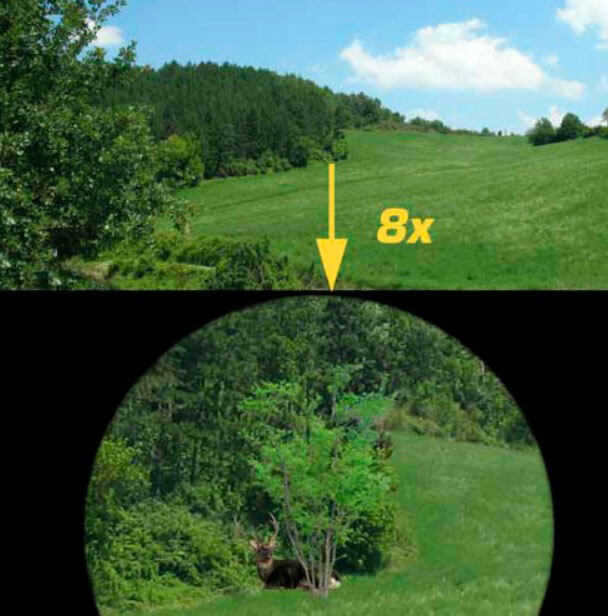
What is the method for determining the magnification power of binoculars?
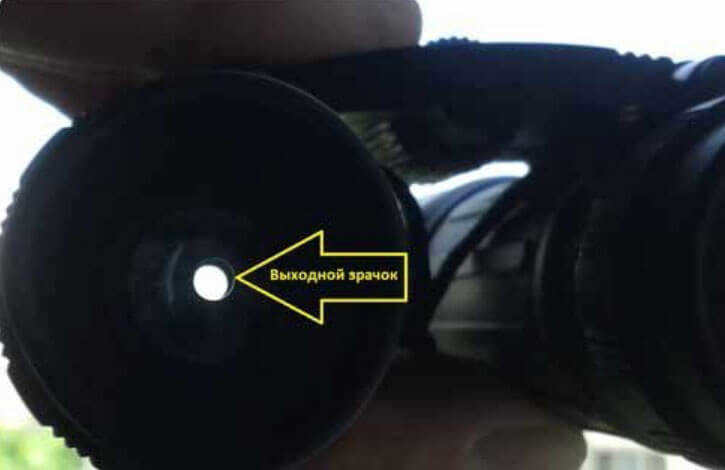
What is the optimal magnification for binoculars?
- Binoculars with a lower magnification – up to 5x;
- Binoculars with a medium magnification – ranging from 6x to 10x;
- Binoculars with a higher magnification – above 10x.
Now, let’s take a closer look at each category of optical devices and explore their strengths, weaknesses, and capabilities.
Binoculars are a popular choice among fishermen, hunters, tourists, and outdoor enthusiasts. They come in a range of magnifications, with 5x to 10x being the most common. This level of magnification is ideal for handheld observation, as it is lightweight and doesn’t cause strain or fatigue. With up to 10x magnification, you can easily observe objects up to 1 kilometer away. Additionally, binoculars with this magnification often have a wide-angle view, allowing you to see a large area ahead of you and quickly locate objects. They are also great for tracking moving targets.
Binoculars that have a magnification greater than 10x are considered to be powerful optical devices, providing observers with a whole new range of possibilities. For instance, with an optical magnification of 20x, it becomes possible to observe the craters on our Moon in great detail. However, it’s important to note that in order to have a comfortable observation experience at this level of magnification, a tripod is necessary.
Which is superior: binoculars with adjustable magnification or fixed magnification?
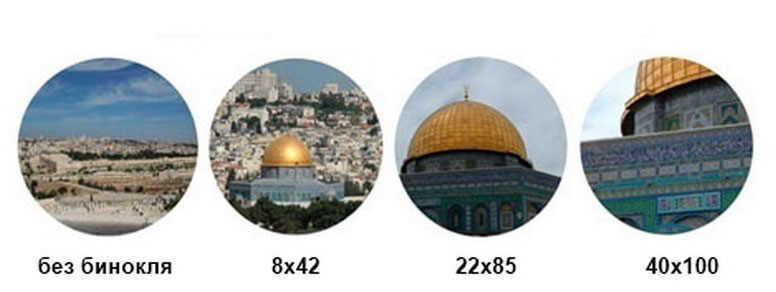
There are clear and undeniable benefits to using traditional binoculars with a fixed magnification. These binoculars have a minimal number of moving parts, which, combined with precise assembly and high-quality optical materials, allows for a sharp and clear image with minimal optical distortion.
After considering the feedback from individuals who regularly use observational optical devices, we have concluded that it is more advantageous to forgo the quest for a one-size-fits-all binocular for all scenarios, and instead opt for an optical instrument that suits the specific observation conditions. For instance, if you wish to introduce your child to the awe-inspiring realm of stars and planets, it is advisable to select binoculars with top-notch optical lenses and a magnification exceeding 20x. On the other hand, when observing in close proximity to urban areas, optics with a magnification of up to 10x will truly showcase their allure.
If you lack knowledge in the technical aspects and functionality of optics, and are unsure about what magnification of binoculars to select, you can seek professional advice from our experts. Feel free to call us at 8 (800) 511-98-56 or request a callback. We will promptly reach out to you and assist you in choosing the appropriate optics for your specific needs. With our guidance, you’ll be able to experience the world in a whole new way during your next weekend adventure.
Here are the primary types of binoculars and their optimal parameters:
Magnification x Aperture:
The key factors to consider when making a selection:
Notable features:
8×42, 10×42, 10×50, 12×42, 12×50, 16×50
- Excellent brightness for observing in low-light conditions;
- Wide field of view for tracking moving targets;
- Prevents fogging of lenses in cold weather;
- Waterproof;
- Durable body material and non-slip coating;
- High-quality optics made of Bak-4, ED materials.
- Built-in rangefinder or measuring reticle;
- Night vision capability;
- Thermal imaging technology.
Available models: 12×80, 15×70, 20×50, 20×60, 90×60, 25×70, 25×100, 20×80
- Different lens diameters and exit pupils for night observation;
- Optical elements with high-quality enlightenment coating.
- Ability to mount on a tripod.
Available models: 8×32, 10×32, 8×21, 8×22, 8×25, 8×32, 10×25, 10×32
- Compact and lightweight;
- Roof-prism optical design;
- Non-slip coating;
- Moisture and dust protection.
- These binoculars have high luminosity.
- They provide a wide view.
- The image remains stable even when observing from a swinging base.
- They are waterproof.
- The lenses are coated with an enlightening, anti-reflective, and water-repellent material.
- The eyepiece cups are adjustable, soft, and beveled.
- They have a built-in compass.
- They feature a rangefinder grid.
- Image stabilization is included.
- The housing is designed to float.
These binoculars are available in various models: 8×30, 8×40, 10×40, 12×45, 15×50, and 20×50.
- The housing material is vibration and shock resistant.
- They are filled with gas.
- They provide high luminosity and a wide field of view.
- They have a ruby coating.
- They feature a rangefinder / angle reticle.
- These binoculars have a stylish design.
- They have a minimum focal length.
- They provide a wide field of view.
- They offer high luminosity for extended observation in low light conditions.
- The binoculars have a folding design, making them easy to carry and store.
- There is also a built-in flashlight on the binoculars, providing extra convenience in low-light situations.
- The housing and optical elements of the binoculars are made from safe materials, ensuring durability and longevity.
- Despite their functionality, the binoculars are small in size and lightweight, making them ideal for outdoor activities.
- Additionally, the binoculars have the ability to adjust the interpupillary distance, making them suitable for children.
Markings on the binoculars
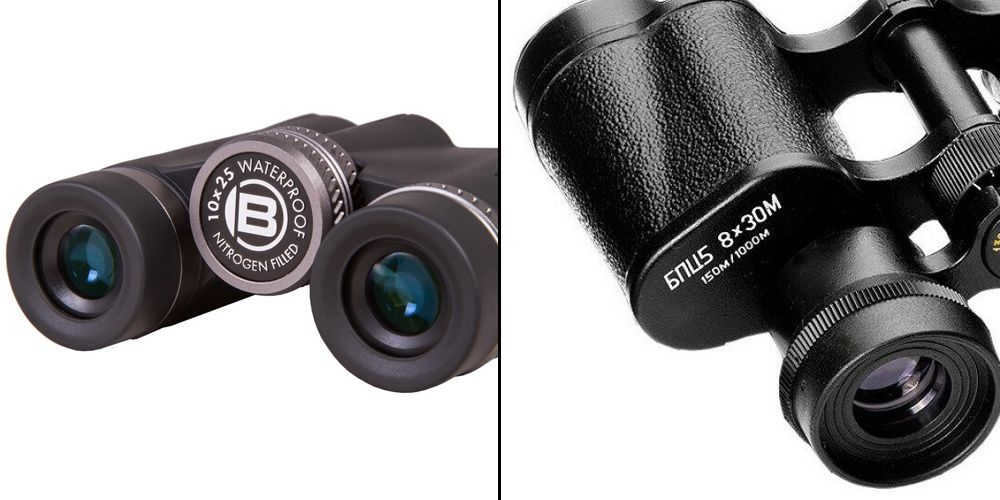
The primary specifications of the model are typically indicated on the device’s body:
The first number represents magnification X, and the second number represents objective lens diameter.
Additional letters in the markings denote the optical design and features of the model.
Foreign designation
Domestic designation
Optics material or type of coating
DCF – compact, Schmidt-Pechan or Abbe-Konig
CF or PCF III – standard size, Porro prisms
Bak-4, Bk-7, ED, Eco-glass – prism material
HD, C, FC, FMC, XLT, UR – clear coatings.
Spot – large depth of field, no need for focusing
WP – waterproof (up to 1 meter)
PIF – water-resistant (up to 5 meters)
IF – scale for measuring distance
IS – image stabilization
AF – automatic focus
C – center focus
O – external exit pupil
C – with a measuring grid
Binoculars Characteristics
How to Choose Binoculars Based on Magnification?
Magnification – indicates how many times the image will be enlarged. For instance, with a 10x magnification, an object that is 1 km away will appear as if it were 100 meters away.
More does not necessarily mean better. Higher magnification in binoculars results in a narrower field of view.
What is the ideal magnification for binoculars?
The best magnification for different observation scenarios:
Rugged terrains such as forests and fields:
Binoculars suitable for hunting, fishing, army, and tourism purposes.
Vast open spaces like plains and steppes:
Optimal magnification options are 7x, 8x, 10x, and 12x (with wide-angle capabilities).
When observing long distance objects such as mountain ranges and starry skies:
Astronomical binoculars, stationary binoculars, or powerful binoculars (which require a tripod) are recommended.
Binoculars: To Zoom or Not to Zoom?
Having the ability to adjust the level of magnification or use a zoom function is a common feature found in binoculars.
On paper, pancratic models seem to offer more versatility for everyday use and claim to be suitable for all purposes.
In reality, however, these models tend to have lower image quality and less detail compared to traditional models, primarily due to their more complex design and higher number of moving parts.
Binoculars are intricate optical devices, and the inclusion of additional mechanisms and moving elements in their design can significantly impact their reliability.
When selecting binoculars of this kind, it is important to keep in mind the general guideline: the higher the magnification, the narrower the field of view and the smaller the exit pupil diameter. This means that while you will be able to observe a distant object in great detail, the overall field of view and brightness of the image will be reduced.
Binoculars with a zoom feature are typically labeled with a range of magnification options, such as 8-24×50, 10-30×60, or similar. In this case, the numbers 8-24 indicate the adjustable range of magnification, which can vary from 8x to 24x.
What determines the light intensity of binoculars?
The brightness of the image in binoculars is determined by the luminosity, which is influenced by the diameter of the lenses and the exit pupil. The larger these factors are, the more light will pass through the optical design, resulting in a brighter image.
The diameter of the exit pupil, measured in millimeters, determines the amount of light that reaches the eye:
Daylight conditions – sunny or cloudy weather
Poor lighting conditions – evening, overcast, foggy weather
Poor lighting conditions – twilight, moonlit night
The lens diameter, also known as the aperture, refers to the size of the lens through which light enters the binocular prism.
The exit pupil refers to the size of the light beam that enters the viewer’s eye via the eyepiece. A larger exit pupil allows for more detailed observation of objects and requires less light. To calculate the exit pupil diameter, divide the magnification of the binoculars by the diameter of the objective lens.
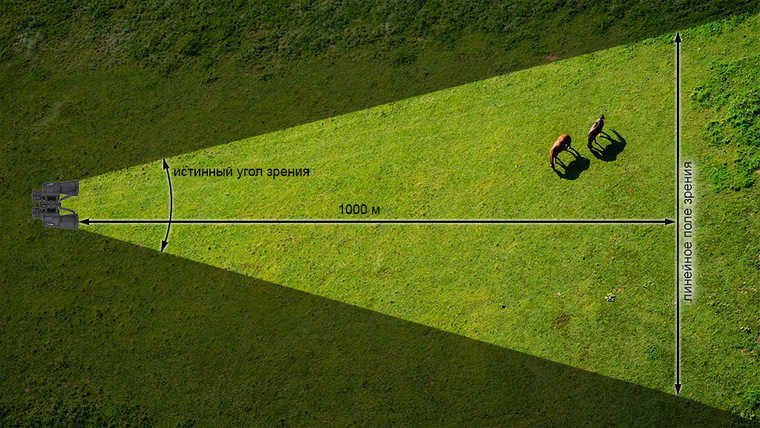
The field of view refers to the width of the visible space when looking at a distance of 1000 meters. This measurement can be expressed in either linear meters or as an angle of view in degrees.
The specific value of the field of view parameter will vary depending on the type of optical device being used:
High power binoculars may have a narrower angle of view, but they offer a higher level of magnification.
Conversely, wide-angle binoculars provide a wider sector of visibility, but they sacrifice some magnification.
For comfortable everyday use, an ideal field of view would be around ±100 meters per 1 kilometer.
Various Approaches to Adjusting Binocular Focus
Central focusing involves the ability to fine-tune the clarity of the image in both optical channels simultaneously. This type of focusing is achieved through the use of a central adjustment drum, which is the most widely used method due to its straightforwardness and dependability.
Separate focusing, on the other hand, allows for individual adjustment of each eyepiece. It is typically found on astronomical and marine binoculars, making it particularly convenient for prolonged periods of stationary observation.
Finally, there is automatic focusing, also known as Free Focus. Binoculars with this feature come pre-adjusted at the factory to focus on a wide expanse of the landscape in the distance. This type of focusing is commonly found on sports and touring binoculars.
Diopter correction and binocular adjustment
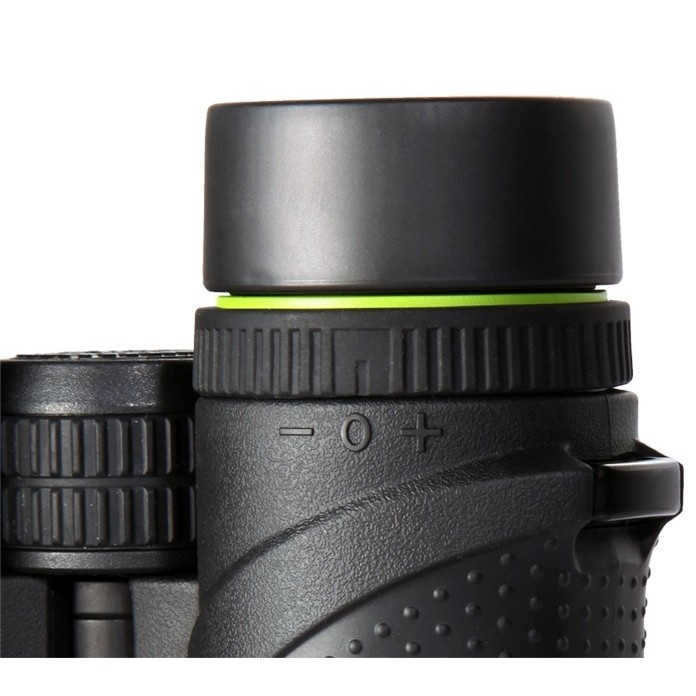
The diopter correction ring is situated on one of the eyepieces and enables the observer to fine-tune the image clarity according to their visual acuity.
The adjustment range spans from positive (+) to negative (-) and is denoted in the specifications as “±4”, meaning that it is possible to adjust the image sharpness to a comfortable level for individuals with vision ranging from -4 to +4 diopters, eliminating the need for wearing glasses while observing.
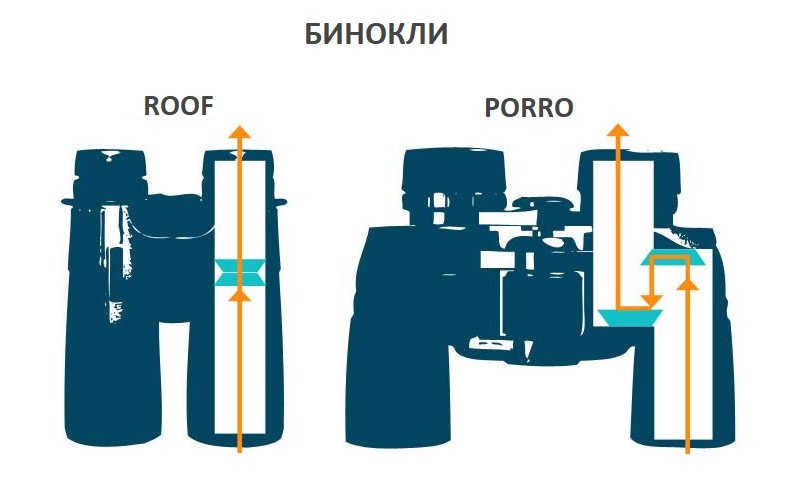
The operation principle of binoculars is based on the passage of light through the objective optical lens, which then falls on a system of prisms and exits through the eyepieces, resulting in a magnified image.
The main types of prism design include:
Porro – this is a classic design that has stood the test of time and allows for the installation of more powerful lenses. The resulting image is completely free from chromatic aberrations and halos on the contour of objects, providing a more three-dimensional and realistic image.
Roof – this is a modern and compact prism arrangement, which often utilizes high-quality glass. It has a lower weight and smaller dimensions compared to other designs, but it may come at a slightly higher cost. Inexpensive models may have phase shifts that affect the brightness and contrast of the image, but these can be eliminated through the use of phase-correcting and brightening coatings.
Prism substance
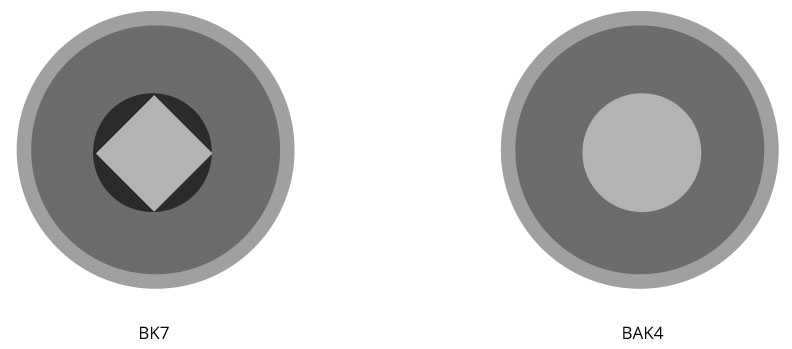
Bak-4 and Bk7 differ in terms of image quality and their usage in binoculars and scopes. The Bak-4 prism offers maximum image quality with no distortions or slices, making it ideal for professional and premium binoculars. On the other hand, Bk7 prism provides good image quality but may have small distortions visible, which is why it is commonly used in mid-price models. Furthermore, the Bk7 prism is often installed in inexpensive entry-level scopes.
Prism coating
The image quality is enhanced and any optical distortion is eliminated by the prism coating, which also allows the optics to be adapted for various usage scenarios. Each manufacturer has their own unique coating that is applied based on the purpose and price of the model.
- Single-layer coated;
- Fully coated;
- Multi-coated;
- Fully multi-coated;
- Phase-correcting;
- High contrast;
- Anti-reflective;
- UV-protected (reflective);
- Dielectric;
- Aluminum;
- Silver;
- Water-repellent (hydrophobic);
- By color: ruby, green, blue, violet.
Moisture-proof – provides protection against dust and splashing water. (JIS 4, IPx6, IPx7, IP54).
Waterproof – shielded from dust and dirt, capable of withstanding temporary immersion up to a depth of 1 meter. (JIS 6, JIS 7, IP67).
Waterproof – can be submerged up to a depth of 5 meters. (WP – Waterproof, JIS 8, IP68).
Floating – binoculars are designed to remain on the surface when in water.
The rubberized coating – additionally provides protection to the device against shocks, chips, and scratches, and prevents accidental slipping out of your hands.
Nitrogen or argon gas filling – Inert gas prevents condensation on internal optical elements in the event of sudden temperature changes or contact with water.





